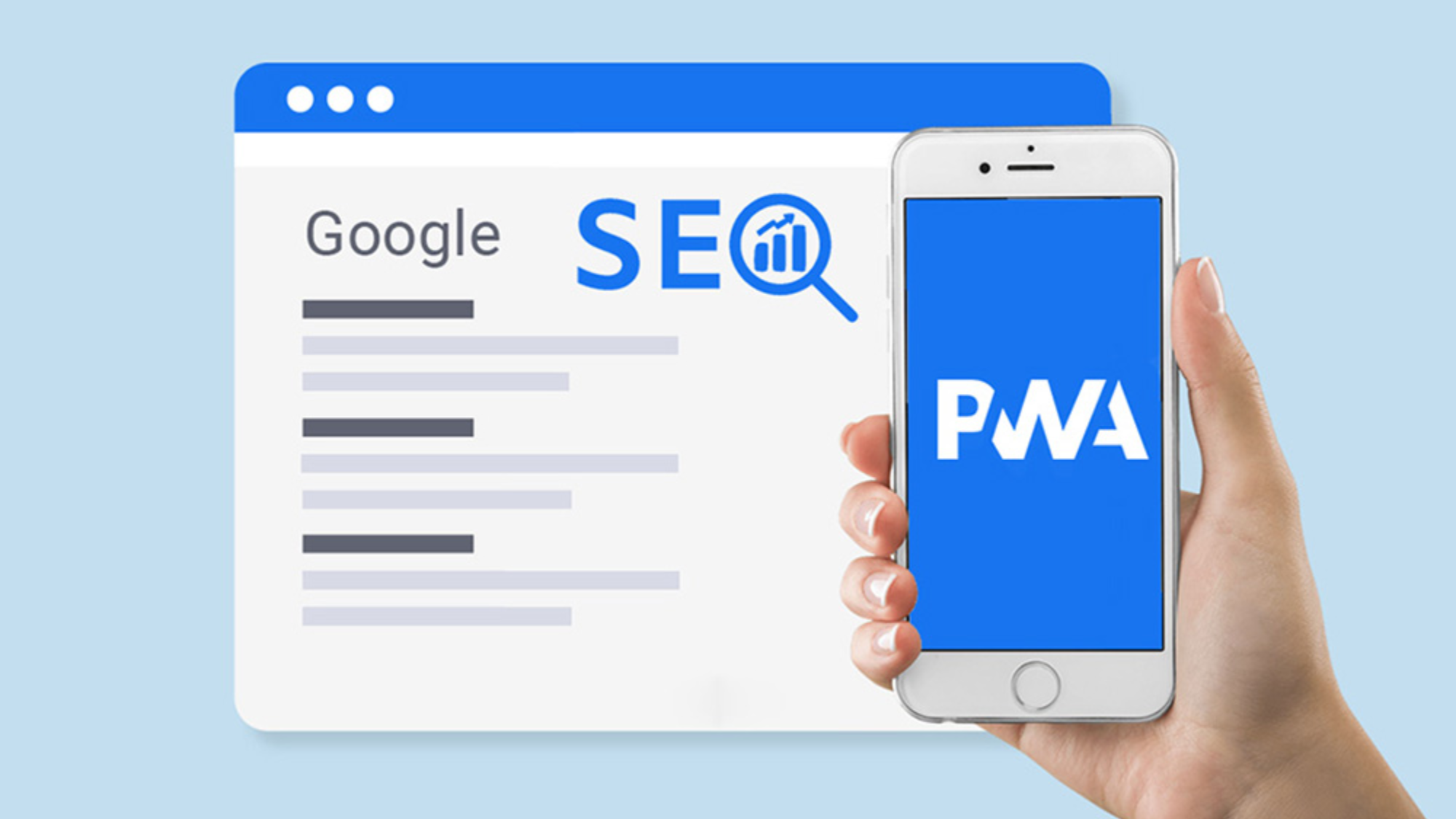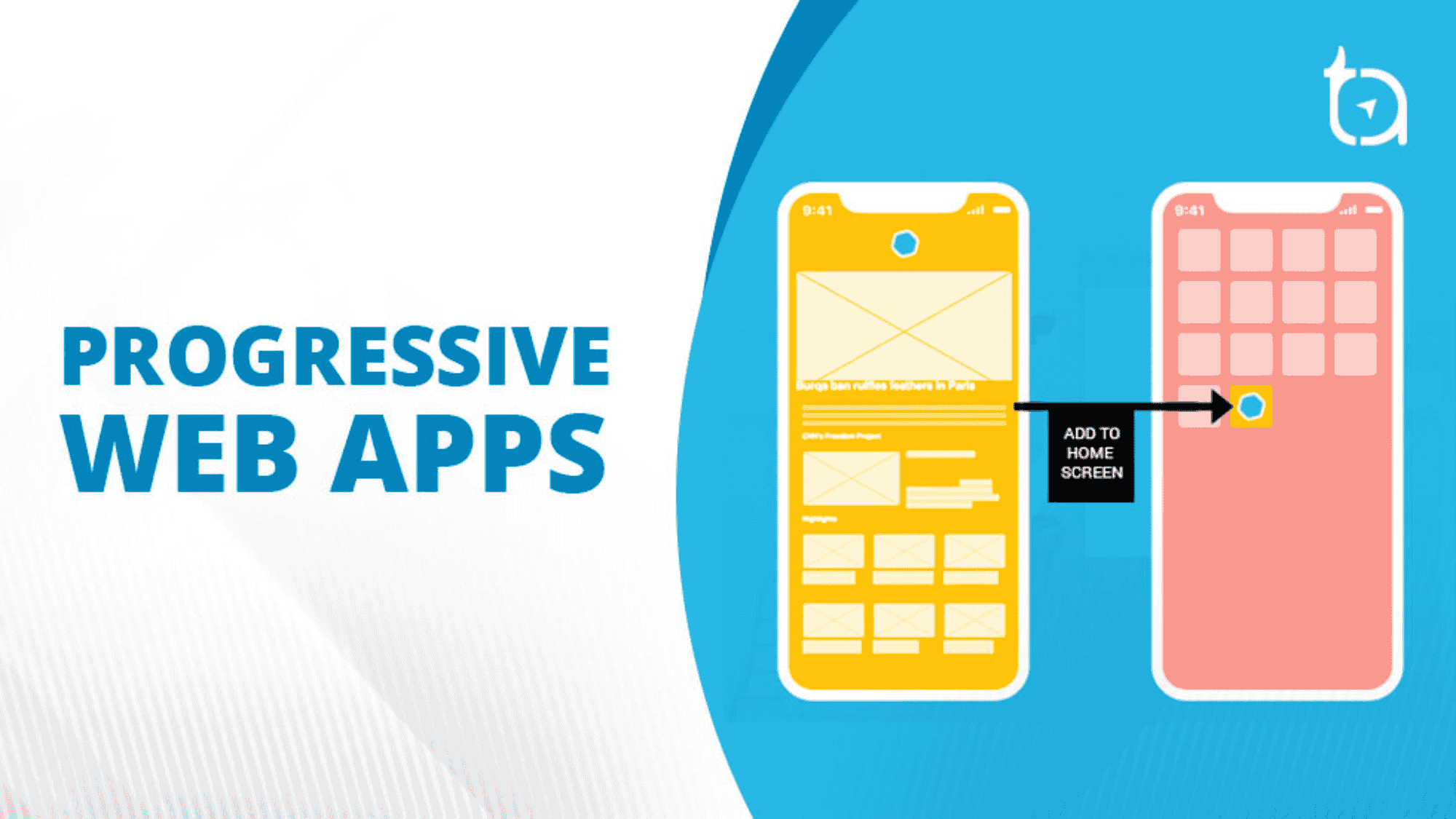Today, being a highly competitive digital environment, business needs to deliver a seamless experience to the user for business success. To deal with this challenge, Progressive Web Apps come into play with a solution to combine accessibilities from a website with functionality of an app. A Progressive Web App designed by the organization delivers faster, more reliable, and more immersive experiences directly through the browser. PWAs provide several features such as offline availability, push notifications, and responsive design. Thus enabling better user engagement and reduced costs; hence, it becomes ideal for companies that look to emerge ahead in the digital age.
What is a Progressive Web App (PWA)?
In today’s rapidly changing digital market, organizations want solutions that provide users with smooth, fast, and dependable experiences. Progressive Web Apps, or PWAs, combine the best of web and mobile applications. A Progressive Web App uses modern web capabilities to provide an app-like experience directly in the browser, giving organizations a versatile tool that improves both engagement and functionality.
Key Features of Progressive Web Apps
Progressive Web Apps are constructed using common web technologies such as HTML, CSS, and JavaScript, but they have unique features that set them apart.
- Offline Access: PWAs use service workers to allow users to interact with some functionalities even when they are not connected to the internet.
- Push Notifications: PWAs support push notifications, giving businesses a direct path to engage people.
- Responsive Design: They adapt effortlessly to various screen sizes, ensuring accessibility on all devices.
- App-Like Feel: Progressive Web Apps provide a native app experience within a browser, eliminating the need for users to download apps from app stores.
How do PWAs benefit businesses?
PWAs are extremely useful for businesses looking to increase user engagement and retention. Here are some reasons why your company may profit from a progressive web app:
- Improved Performance: PWAs run faster due to caching, making them perfect for people with restricted internet access.
- Cost-effective: Unlike native apps, which require separate versions for each platform, a PWA runs on any device with a browser, lowering development expenses.
- Increased Engagement: With features like offline access and push notifications, PWAs keep users interested and encourage repeat visits.
How to implement a Progressive Web App for your business?
Implementing a progressive web app entails multiple steps:
- Define Your Goals: Determine what purpose and features your PWA should have.
- Build the Core Web App: Using web technologies, create the core app and ensure it fits the demands of your target audience.
- Integrate Service Workers: This is required for offline functionality and quicker loading speeds.
- Enable Push Notifications: Use push notifications to keep users engaged.
- Add to Home Screen Functionality: PWAs enable users to add the app to their device’s home screen for easy access.
SEO and Progressive Web Apps

PWAs have a high SEO potential because they are essentially web pages. You can improve the discoverability of your Progressive Web App by following basic SEO methods such as optimizing content, adding meta descriptions, and using schema markup. PWAs also improve the user experience, which can lead to higher engagement metrics and, indirectly, better SEO performance.
Conclusion
A Progressive Web App has numerous benefits, combining the best of mobile and web applications to provide a high-performance, cost-effective solution. By installing a PWA, your company can reach a larger audience, increase user satisfaction, and perhaps improve SEO rankings. Whether you’re a little business or a large corporation, a PWA is worth considering to remain competitive in today’s digital environment.







